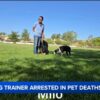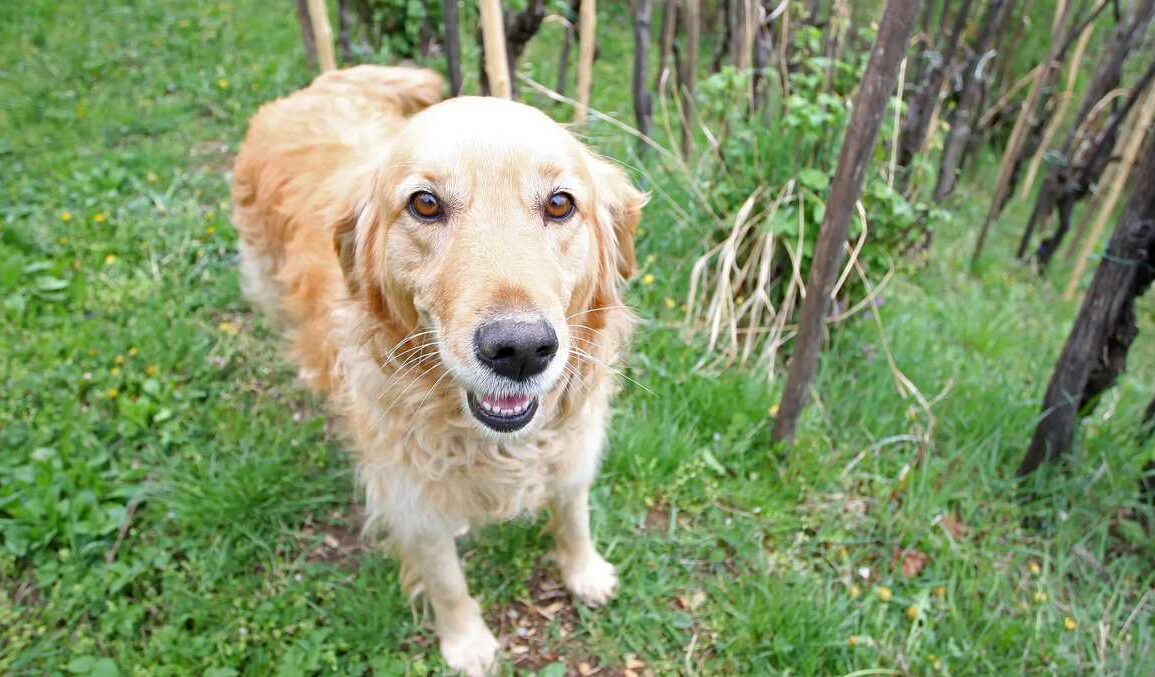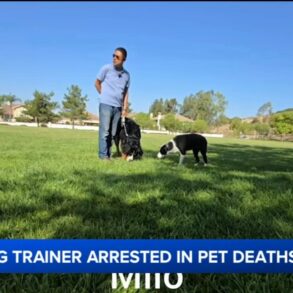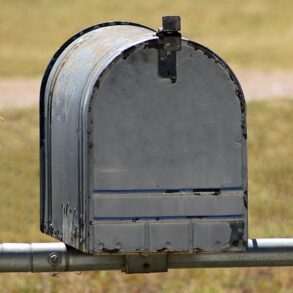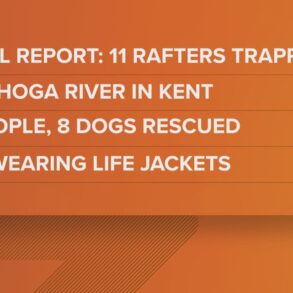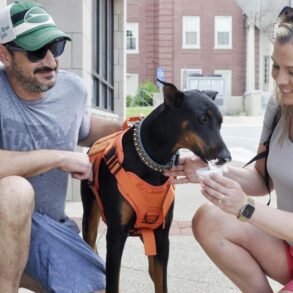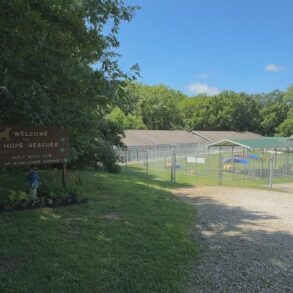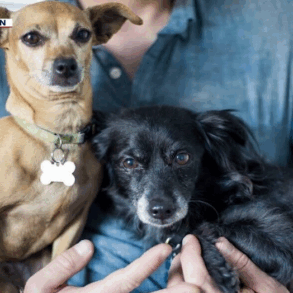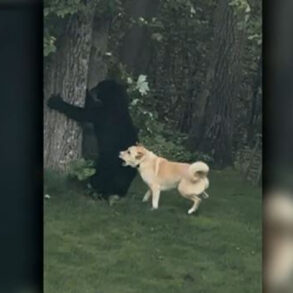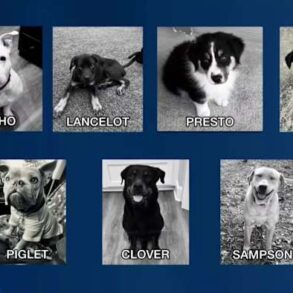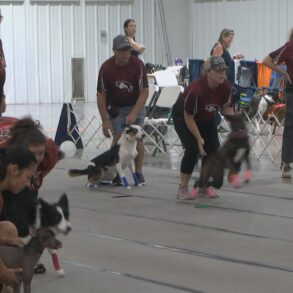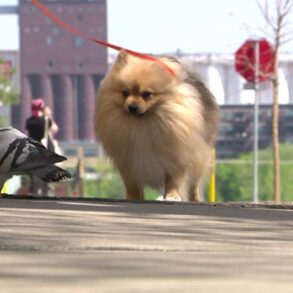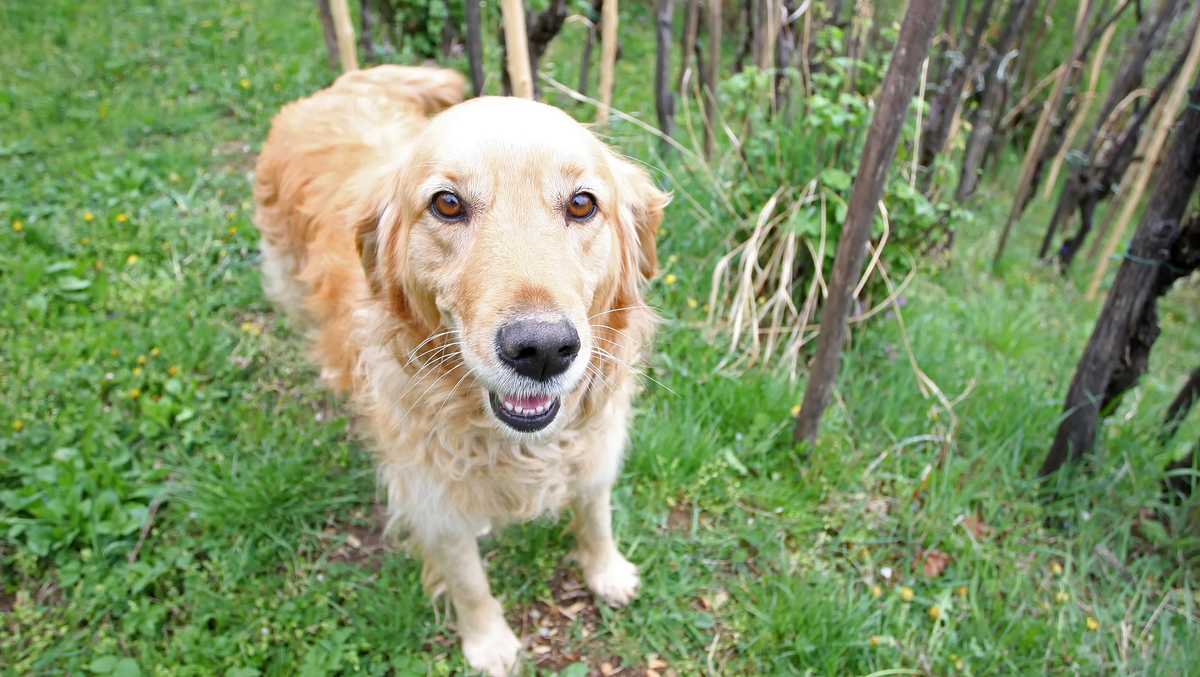
Researchers in New York have found that dogs can be trained to sniff out a pesky invasive species of insects more effectively than humans.The spotted lanternfly is an invasive pest that uses its piercing mouth to suck sap from grapevines, maple trees, apples, hops and over 70 more different plant species. Since 2014, these nonnative troublemakers have spread to nearly 20 states, including New York and Vermont.Experts suggest you squash the lanternflies when you see them. According to Cornell natural resource professor Angela Fuller, a spotted lanternfly infestation can wipe out an entire vineyard in just one growing season. So how can farmers prevent the crop-suckers from latching on before it’s too late? The short answer: dogs.According to a study released by Cornell University, dogs are 3.5 times more likely to detect the lanternflies than humans. While humans had an easier time spotting the lanternflies along vines and support poles, dogs outperformed their companions when searching in surrounding forests. This difference in location is critical when considering the impact of early detection, according to the study. If a farmer finds a lanternfly in their field, it’s a sign the invasive species has already spread. But when a dog finds lanternfly egg masses in the woods — before the bugs have had a chance to latch onto crops — farmers can exterminate the source before it becomes a threat.“The dogs find egg masses by smell,” Fuller said in the study. “So, in a very complex environment, it’s easier for a dog to smell something than it is for a human to see something.”Growers and conservationists are already training dogs to sniff out egg masses, which are often found hiding in vineyards and forests during the winter. Due to dogs’ early-detection capabilities, it’s likely that humans will soon pass surveying responsibilities on to their furry friends.
Researchers in New York have found that dogs can be trained to sniff out a pesky invasive species of insects more effectively than humans.
The spotted lanternfly is an invasive pest that uses its piercing mouth to suck sap from grapevines, maple trees, apples, hops and over 70 more different plant species. Since 2014, these nonnative troublemakers have spread to nearly 20 states, including New York and Vermont.
Advertisement
Experts suggest you squash the lanternflies when you see them. According to Cornell natural resource professor Angela Fuller, a spotted lanternfly infestation can wipe out an entire vineyard in just one growing season.
So how can farmers prevent the crop-suckers from latching on before it’s too late? The short answer: dogs.
According to a study released by Cornell University, dogs are 3.5 times more likely to detect the lanternflies than humans. While humans had an easier time spotting the lanternflies along vines and support poles, dogs outperformed their companions when searching in surrounding forests.
This difference in location is critical when considering the impact of early detection, according to the study. If a farmer finds a lanternfly in their field, it’s a sign the invasive species has already spread. But when a dog finds lanternfly egg masses in the woods — before the bugs have had a chance to latch onto crops — farmers can exterminate the source before it becomes a threat.
“The dogs find egg masses by smell,” Fuller said in the study. “So, in a very complex environment, it’s easier for a dog to smell something than it is for a human to see something.”
Growers and conservationists are already training dogs to sniff out egg masses, which are often found hiding in vineyards and forests during the winter. Due to dogs’ early-detection capabilities, it’s likely that humans will soon pass surveying responsibilities on to their furry friends.
This post was originally published on this site be sure to check out more of their content.



